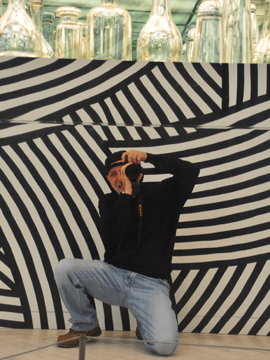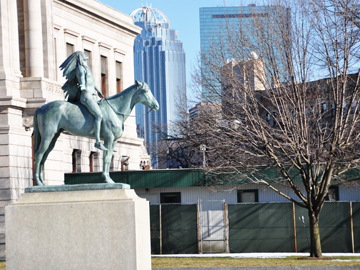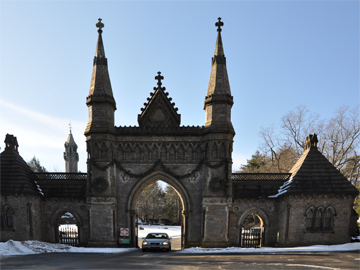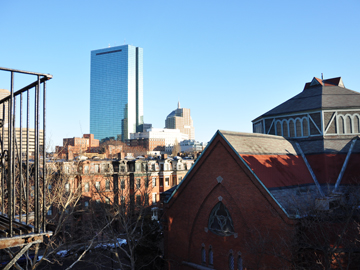1st entry – boston 2010
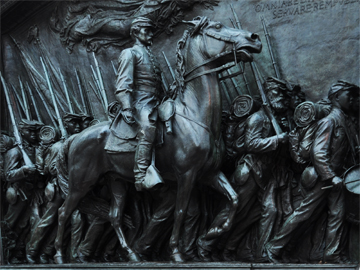 It was late afternoon and grey only as New England can be grey in winter. I’m slowly beginning to learn how to shoot in this light and some of the images I got, I like very much. Also processing them through Photoshop can alter them enough to compensate for the grey and the diminished light.
It was late afternoon and grey only as New England can be grey in winter. I’m slowly beginning to learn how to shoot in this light and some of the images I got, I like very much. Also processing them through Photoshop can alter them enough to compensate for the grey and the diminished light.
My goal in walking the Common was to shoot the Augustus Saint-Gaudens relief – The Robert Gould Shaw Memorial – commemorating Shaw and the Afro-American 54th Massachusetts Volunteer Infantry. Saint-Gaudens is one of my favorite sculptors. (The other piece I’m determined to shoot is the Adams Memorial in Rock Creek Cemetery in Washington, DC.) I shot the relief with little light remaining and yet I think the image works.
..
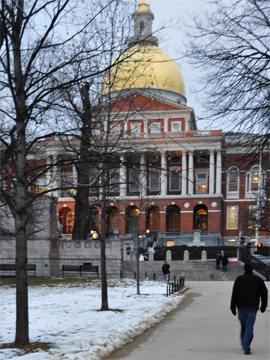 I walked through Boston Common with Ryan Oliver. The area is a great place full of people – students, street performers, policemen on horses and workers heading home. The Common is dotted with great statuary and they were fun to shoot in the dying light. The last time I was here must have been some thirty years ago and never in winter.
I walked through Boston Common with Ryan Oliver. The area is a great place full of people – students, street performers, policemen on horses and workers heading home. The Common is dotted with great statuary and they were fun to shoot in the dying light. The last time I was here must have been some thirty years ago and never in winter.
The second pic is of Mr. Oliver walking towards the Massachusetts’ State House. (I had to get stern with Mr. Oliver who wanted to turn and mug while I shot.) I’m using the pic to place the Shaw Memorial. (Sorry Mr. Oliver.) The back of the monument is on the left hand side, in the middle of the pic. It sits across the street from the State House facing the golden dome.
Oliver had lived in Boston for a good six years so it was great to have him guide through the city. Boston is more like New York than it is like any other city I know. However, it doesn’t have the oppressive feeling of NYC.
I always think of Boston as America’s Jerusalem – the Golgotha where England was killed and a new nation resurrected.
